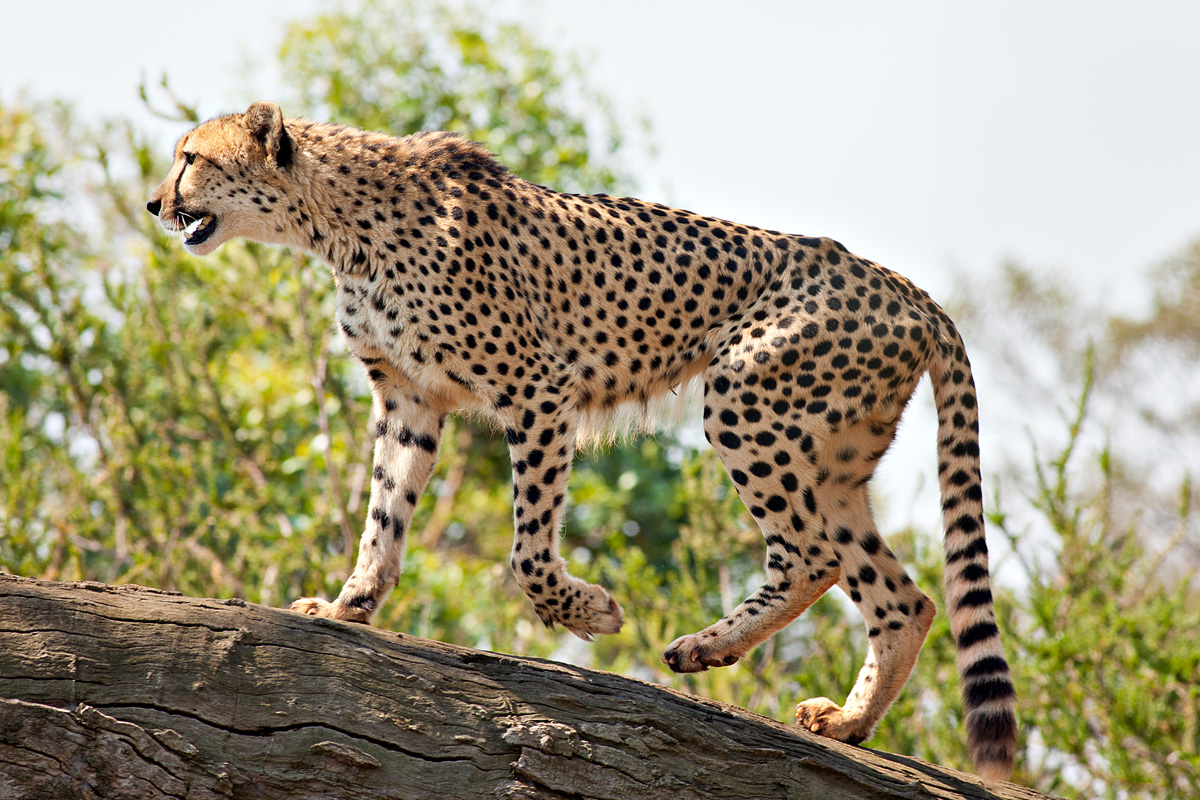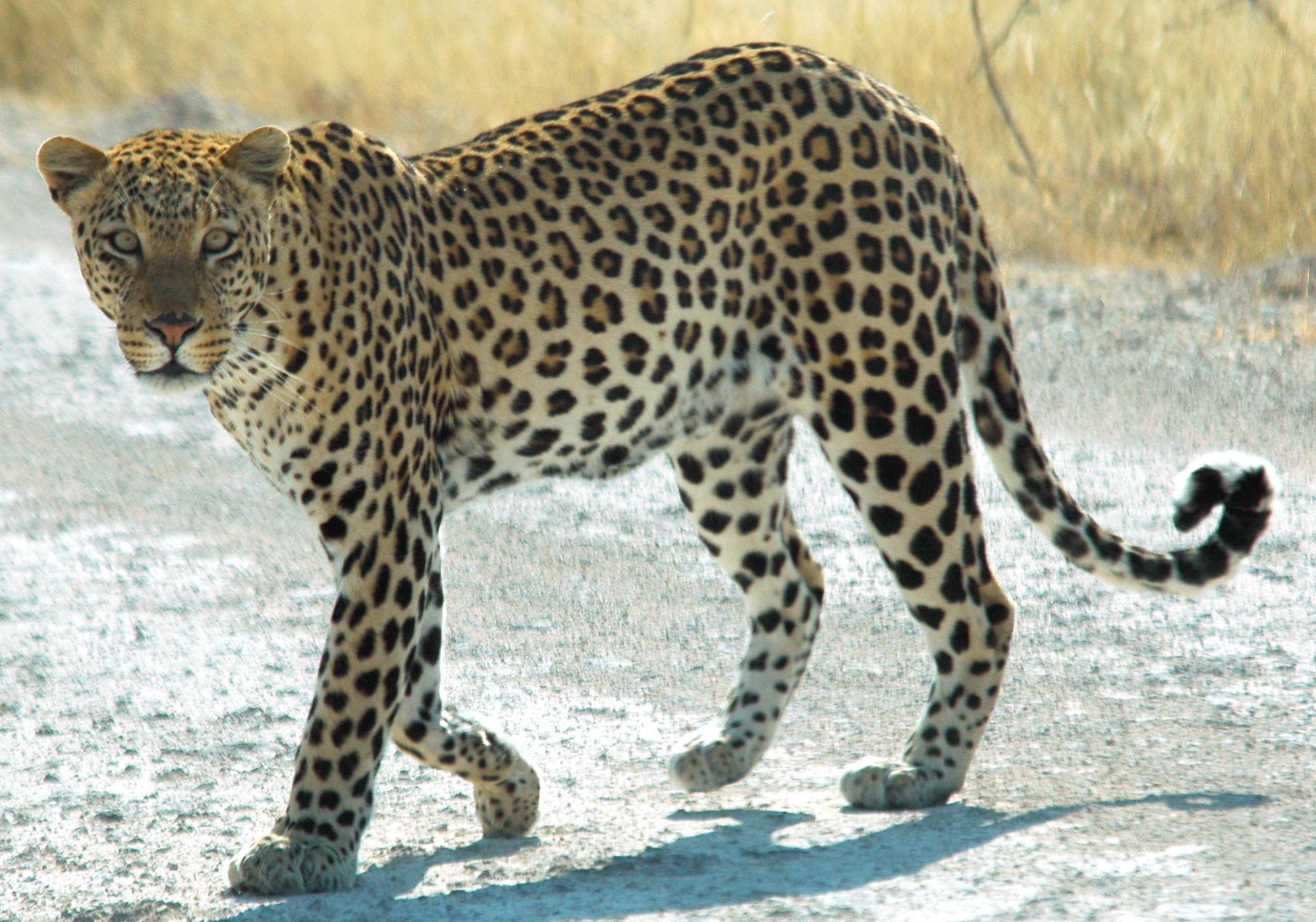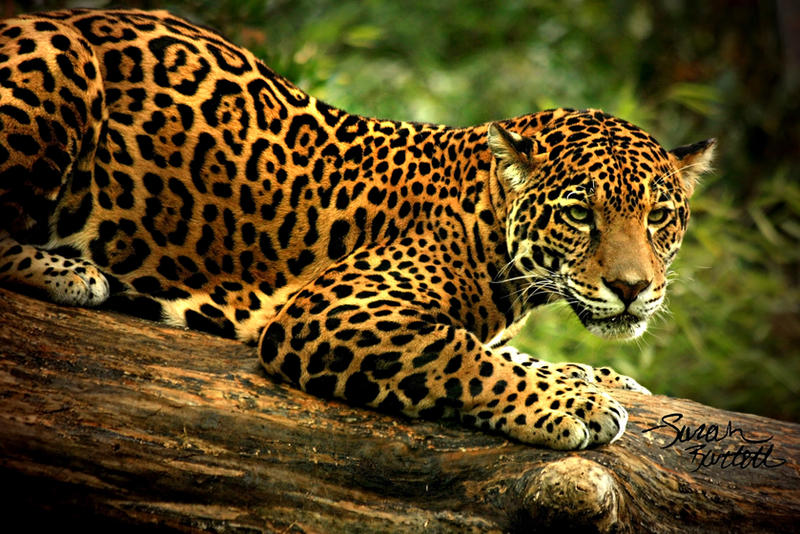What may be less obvious is the effect smoking has on those who are exposed to it secondhand. That exposure can be significant, especially for those who live or work with a smoker. In reality, most of the smoke from a burning cigarette doesn't get sucked down into a smoker's lungs -- it escapes into the air, where it can be inhaled by anyone unfortunate enough to be nearby.
In an effort to protect the health of nonsmokers, many states have passed laws outlawing smoking in public places such as restaurants, bars, airplanes, and offices. Yet there are still many people who can't escape secondhand smoke, especially the children of smokers, who regularly breathe in the toxic fumes from their parents' cigarettes and cigars. Even smokers who try to be careful about where they light up may not be doing a good enough job of protecting those around them.
What Is Secondhand Smoke?
When you breathe in smoke that comes from the end of a lit cigarette, cigar, or pipe (sidestream smoke) or that is exhaled by a smoker (mainstream smoke), you're inhaling almost the same amount of chemicals as the smoker breathes in. Tobacco smoke contains more than 4,000 different chemical compounds, more than 50 of which are known to cause cancer. These are just a few of the chemicals that float into your lungs when you are exposed to secondhand smoke:
Hydrogen cyanide -- a highly poisonous gas used in chemical weapons and pest control
Benzene -- a component of gasoline
Formaldehyde -- a chemical used to embalm corpses
Carbon monoxide -- a poisonous gas found in car exhaust
A 2006 surgeon general's report confirmed that secondhand smoking (also called involuntary or passive smoking) can kill, and it concluded that there is no amount of exposure to secondhand smoke that is safe. The more secondhand smoke you breathe in, the more your health risks increase.
Here are a few statistics on the effects of secondhand smoke exposure:
*126 million nonsmoking Americans are exposed to secondhand smoke at home and work.
*Secondhand smoke exposure causes nearly 50,000 deaths in adult nonsmokers in the U.S. each year.
*Nonsmokers increase their risk of developing lung cancer by 20% to 30% and heart disease by 25% to 30% when they are exposed to secondhand smoke.
*About 3,000 deaths from lung disease in nonsmokers each year are caused by secondhand smoke exposure.
*An estimated 46,000 nonsmokers who live with smokers die each year from heart disease.
*Between 150,000 and 300,000 children under the age of 18 months get respiratory infections (such as pneumonia and bronchitis) from secondhand smoke; 7,500 to 15,000 of them must be hospitalized.
*More than 40% of children who visit the emergency room for severe asthma attacks live with smokers.
Secondhand smoke can have a number of serious health effects on nonsmokers, particularly cancer and heart disease.

http://www.webmd.com/






























